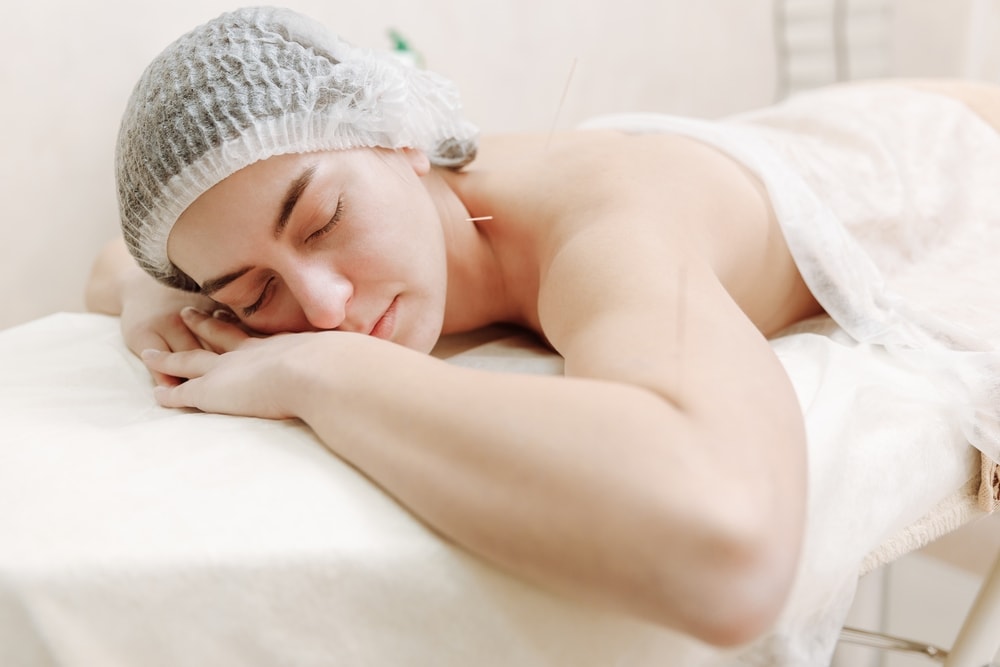Acupuncture and Trigger Points. Pain Relief from Pressure Points
Most people are familiar with acupuncture and its non-needle counterpart acupressure. Even if they have not tried either of these therapies they know that acupuncture has its origin several thousand years ago in China.
However few are aware of trigger point therapy, acupuncture’s much younger cousin, even though it is used in an increasing number of health care clinics. A trigger point is a tender area in a tight band of muscle or tendon that has been strained or injured. The key point is that trigger points can be just as effective as acupuncture points in relieving pain.
A common example of trigger points is the formation of tender areas in the thin layer of muscle at the temples which often occurs in tension headache. It becomes almost instinctive to press these areas with the fingers in an attempt to relieve the pain. This common reaction suggests the reason why trigger point therapy is so useful: pressure on these points can be effective in relieving pain, especially in muscles and tendons. Trigger points are also responsible for the formation of the tender areas that develop in the forearm muscles with tennis elbow.

Early Work on Trigger Points
The existence of trigger points was noted at least as early as 1843 by Froriep who found them in muscle in conjunction with what he called ‘rheumatism’. Most of the modern research was pioneered by Janet Travell in the 1940’s and 50’s and later with David Simons. Their research showed that trigger points could be treated in a number of ways: heat, cold spray, ultrasound, injection of local anaesthetic and finger pressure; this last of course, has echoes of acupressure.
Interestingly it was found that placing a dry needle into a trigger point was often just as effective as injecting local anaesthetic; nowadays trigger points are frequently treated this way.
Given that trigger points and acupuncture points are often treated in the same way, is there any difference between them or are we just describing something that the Chinese found long before us?
The evidence suggests that they are not quite the same but there is considerable overlap between these two types of pressure point. Traditional acupuncture has the concept of ‘ahshi’ (ouch!) points. These are points that can develop anywhere on the surface of the body, away from the traditional points, in response to injured tissues. Melzak and colleagues found a 71% correspondence between trigger point locations and classical acupuncture charts. On the other hand acupuncture is often used for conditions other than musculoskeletal, for example; anxiety, irritable bowel syndrome and morning sickness; trigger points rarely so, if ever.
Whether a tender spot in strained muscle is an acupuncture point or a trigger point doesn’t much matter, a bit of deep massage in the area may well ease the pain.
This article is intended for information only. If you have any health concerns you should first of all consult health professional.